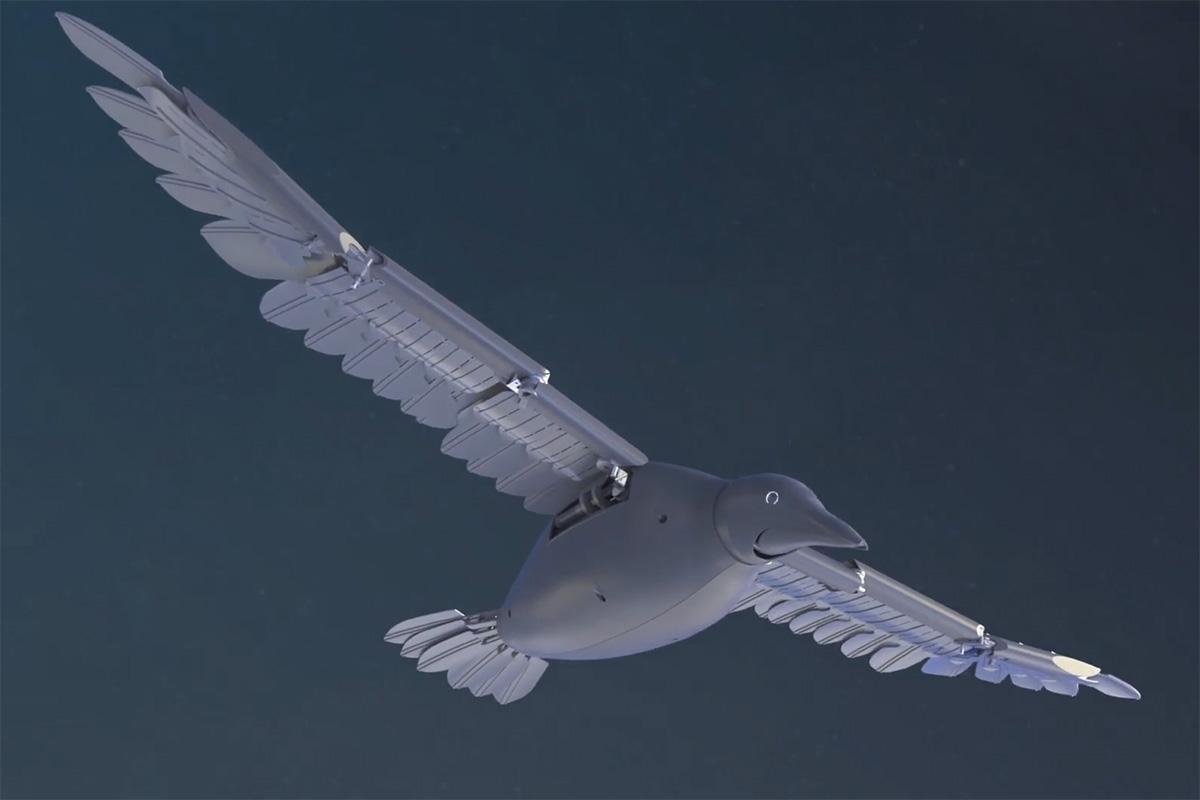
Silent Flyer
Credit: Flygildi
LONDON—An Icelandic startup is attempting to develop an uncrewed aircraft system (UAS) that will mimic the flight of a bird. Twelve years in development, the Silent Flyer platform could be a means of performing intelligence, surveillance, and reconnaissance (ISR) almost silently and without being...
Subscription Required
This content requires a subscription to one of the Aviation Week Intelligence Network (AWIN) bundles.
Schedule a demo today to find out how you can access this content and similar content related to your area of the global aviation industry.
Already an AWIN subscriber? Login
Did you know? Aviation Week has won top honors multiple times in the Jesse H. Neal National Business Journalism Awards, the business-to-business media equivalent of the Pulitzer Prizes.





